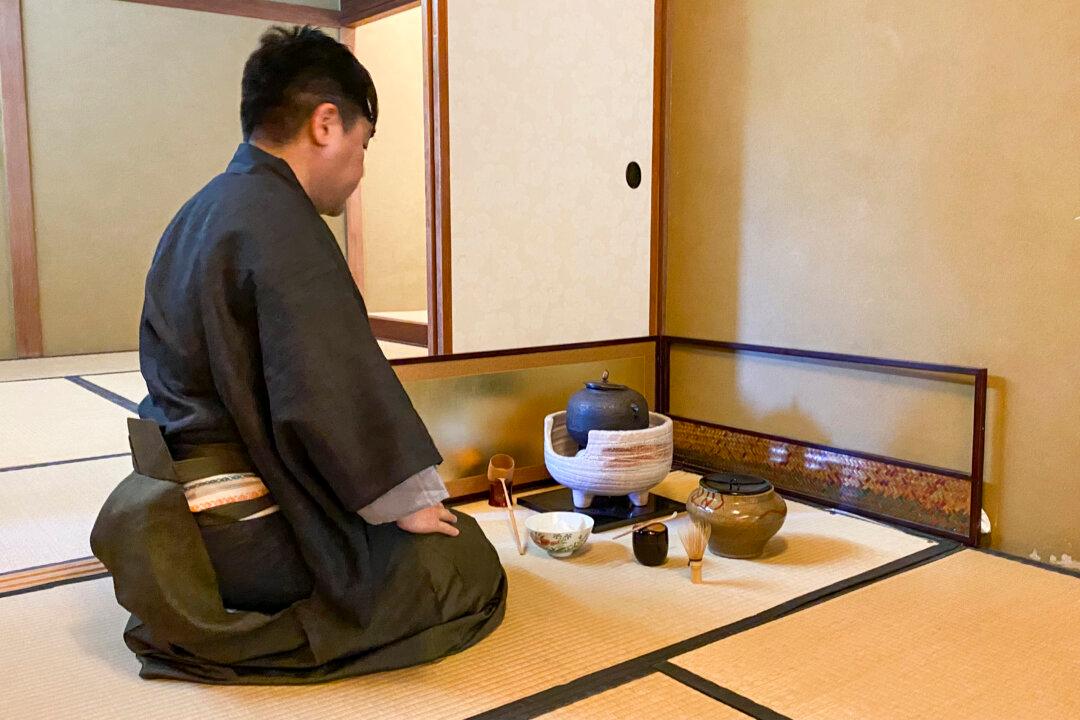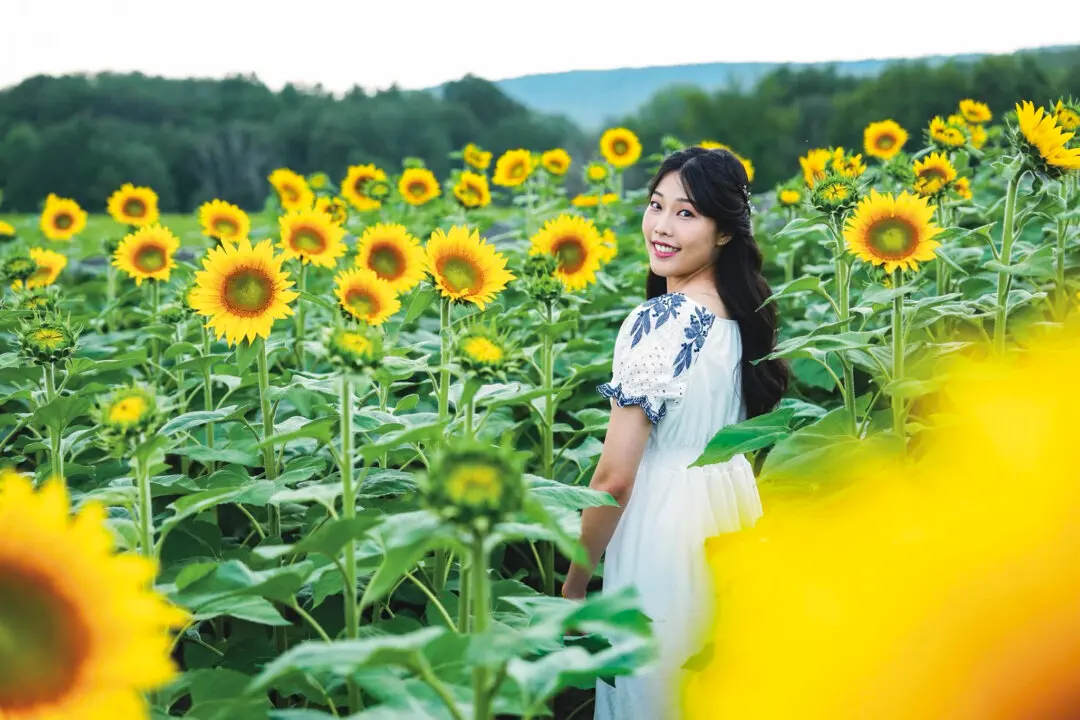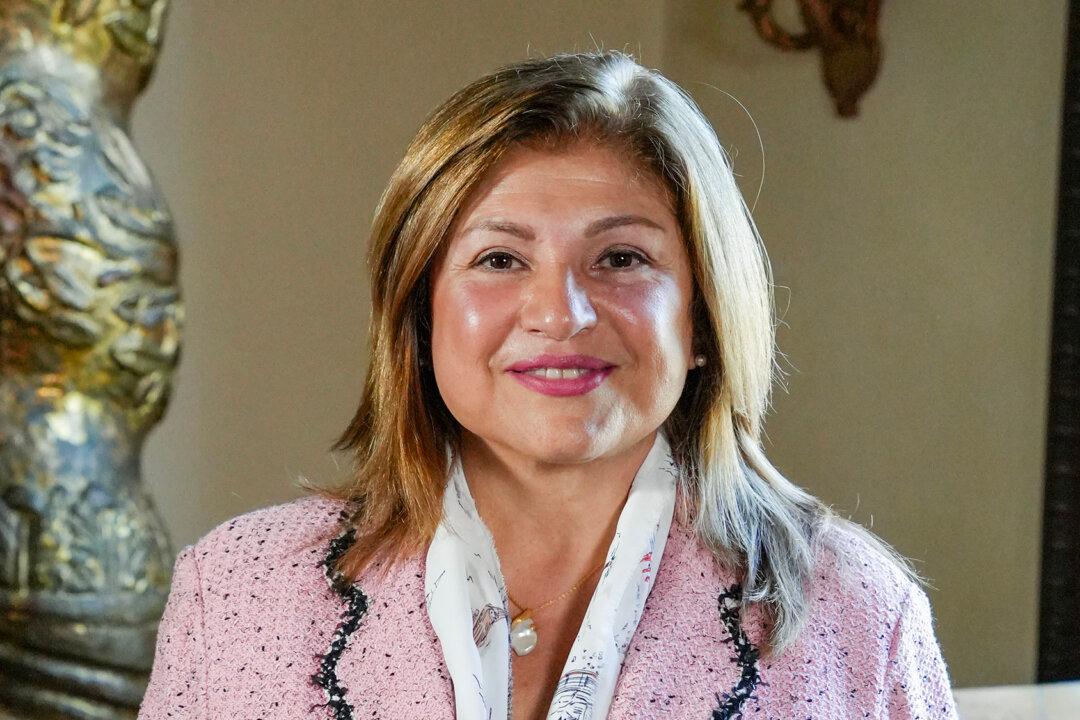SARATOGA, Calif.—Neat and clean tatami mats line the floor of a small room. A scroll with calligraphy hangs on a wall, and below it are a carefully arranged flower basket and a 700-year-old wooden incense container.
The setting, though simple, creates a pleasant environment to have tea.





